12 Myths About Women in the ’60s That Still Haunt Us Today
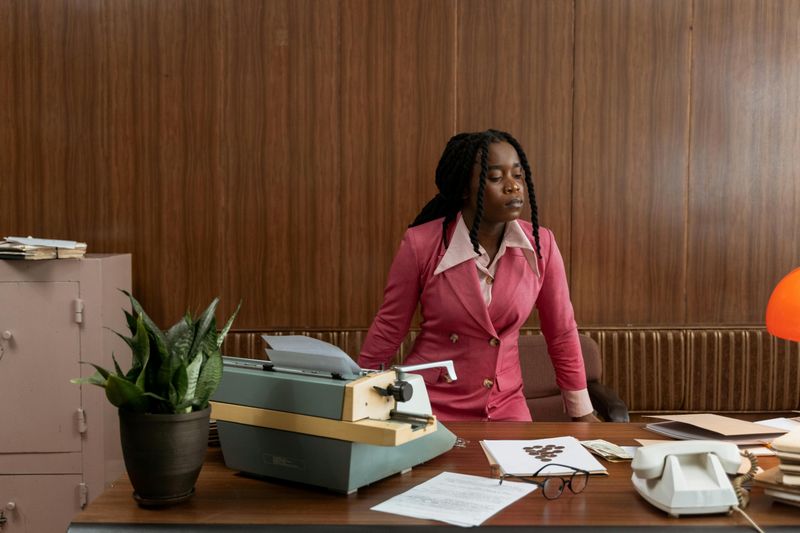
The 1960s painted a picture of women that was far from reality. Popular culture, magazines, and society created myths about what women wanted, how they should act, and what they could achieve. Many of these false beliefs continue to influence how we think about women today, creating barriers and unrealistic expectations that harm progress toward true equality.
1. Women Were Happiest as Housewives
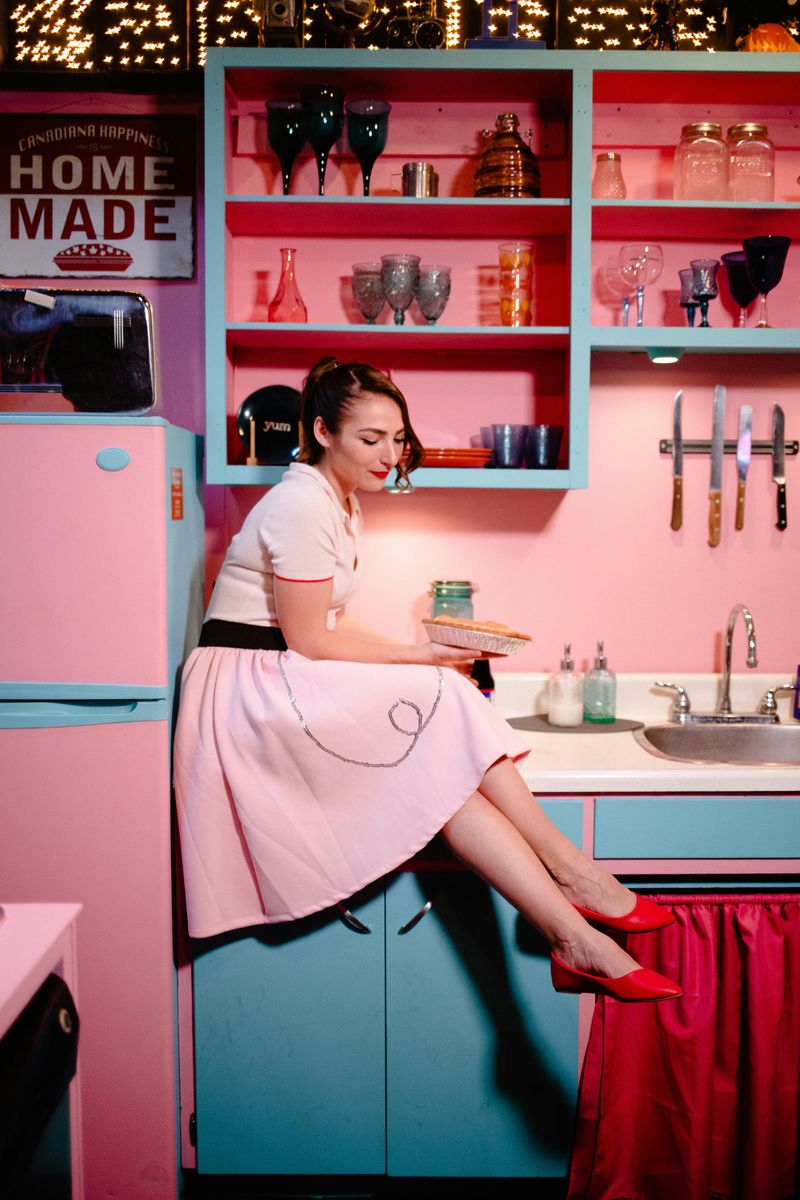
Picture-perfect kitchens and spotless living rooms dominated magazine covers, selling the fantasy that domestic bliss was every woman’s dream. Ladies’ Home Journal and similar publications pushed the narrative that true fulfillment came from perfectly folded laundry and home-cooked meals.
Betty Friedan shattered this illusion when she identified “the problem that has no name” – the deep dissatisfaction many housewives felt despite having everything society told them they should want. Countless women felt trapped and unfulfilled but were told they should be grateful.
This myth persists today when working mothers face judgment for not being “present enough” at home. Society still questions whether women can truly “have it all” without sacrificing family happiness.
2. Marriage Was Every Woman’s Ultimate Goal
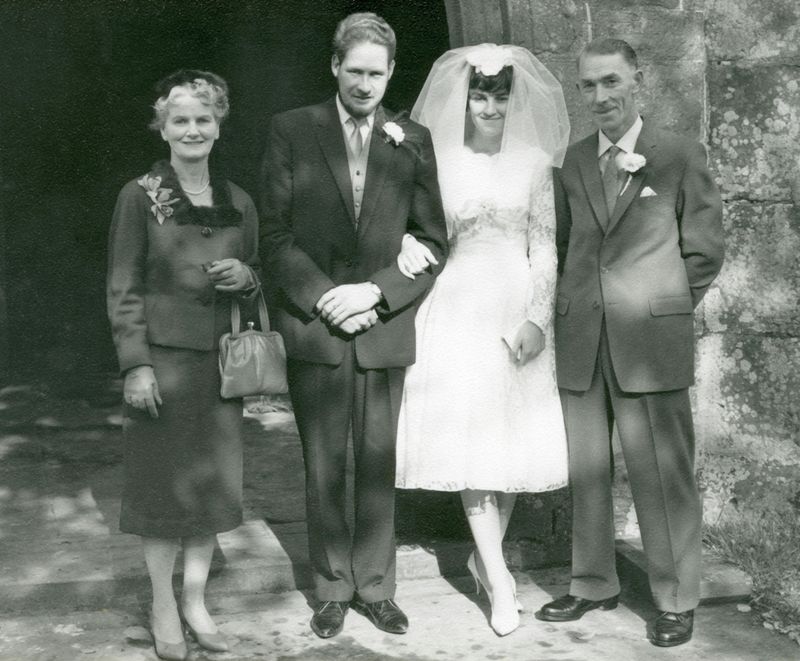
Single women in their twenties faced constant questions about when they’d “settle down,” as if their lives were incomplete without a husband. Society treated unmarried women like damaged goods, suggesting something was fundamentally wrong with them if they hadn’t found “the one.”
The pressure to marry young was intense, with many women rushing into relationships to avoid the stigma of being an “old maid.” Career aspirations took a backseat to finding a suitable husband, often leading to hasty decisions and unhappy marriages.
Today’s women still face versions of this myth. Family gatherings often include uncomfortable questions about relationship status, and successful single women are sometimes pitied rather than celebrated for their independence and achievements.
3. A Good Woman Didn’t Work Outside the Home

Middle-class respectability meant staying home while your husband provided financially. Working women were often viewed as either desperate for money or neglecting their “true” responsibilities as wives and mothers.
This myth completely ignored the reality that many women, especially women of color and working-class women, had always worked outside the home out of necessity. Their contributions were invisible in mainstream narratives that focused on suburban ideals.
The “good woman” stereotype created shame around ambition and career success. Women who did work were expected to quit once they married, treating their jobs as temporary hobbies rather than serious career paths that deserved respect and advancement opportunities.
4. Women Couldn’t Handle Leadership

Boardrooms and executive offices remained firmly closed to women, justified by claims that female emotions made them unsuitable for tough decisions. Women who did reach leadership positions were labeled “bossy,” “aggressive,” or “unfeminine” – terms rarely applied to male leaders.
The few women who broke through faced impossible standards. They had to be strong enough to lead but not so strong as to threaten male colleagues, creating an exhausting balancing act that men never had to perform.
This double standard haunts modern workplaces where women leaders are still criticized for being too assertive or too soft. The “bossy” label has evolved but persists, undermining women’s authority and making leadership positions feel risky and isolating for many qualified candidates.
5. Feminine Means Fragile

Delicate flowers needed protection from the harsh realities of the world, or so society insisted. Women were portrayed as physically and emotionally fragile beings who required male guardianship to navigate life safely.
This “fragile femininity” myth justified excluding women from physically demanding jobs, dangerous assignments, and challenging opportunities. Sports, manual labor, and even certain college courses were deemed too rough for the supposedly weaker sex.
The fragility stereotype still influences how we perceive women’s capabilities today. From assumptions about physical strength to concerns about emotional resilience under pressure, women continue fighting to prove they can handle whatever life throws at them without needing constant protection or special treatment.
6. Beauty Defined a Woman’s Worth

Television screens and magazine pages showcased impossibly perfect women, establishing beauty as the primary currency of female value. Advertisers discovered they could sell insecurity by creating unattainable standards that required constant purchasing to approach.
Thinness became an obsession, with crash diets and beauty products promising transformation into the ideal woman. Intelligence, talent, and character took backseat to physical appearance in determining a woman’s social and economic prospects.
Social media has amplified this 1960s obsession exponentially. Filters, cosmetic procedures, and constant comparison have created unprecedented pressure to achieve physical perfection. The beauty industry continues profiting from the insecurities planted decades ago, making appearance anxiety a multi-generational inheritance.
7. Women Were Bad at Math and Science

“Girls don’t have the mind for numbers” became a self-fulfilling prophecy that steered countless brilliant women away from STEM fields. Guidance counselors routinely directed female students toward “appropriate” careers like teaching, nursing, or secretarial work.
This mathematical myth ignored the reality that women had been contributing to scientific advancement for centuries, often without recognition. The few who persisted in technical fields faced isolation, discrimination, and constant questioning of their abilities.
Today’s gender gap in STEM careers traces directly back to these 1960s assumptions. Despite evidence that girls perform equally well in math and science, cultural messaging still subtly discourages female participation in technical fields, perpetuating the cycle of underrepresentation.
8. Motherhood Was Instinctual and Mandatory
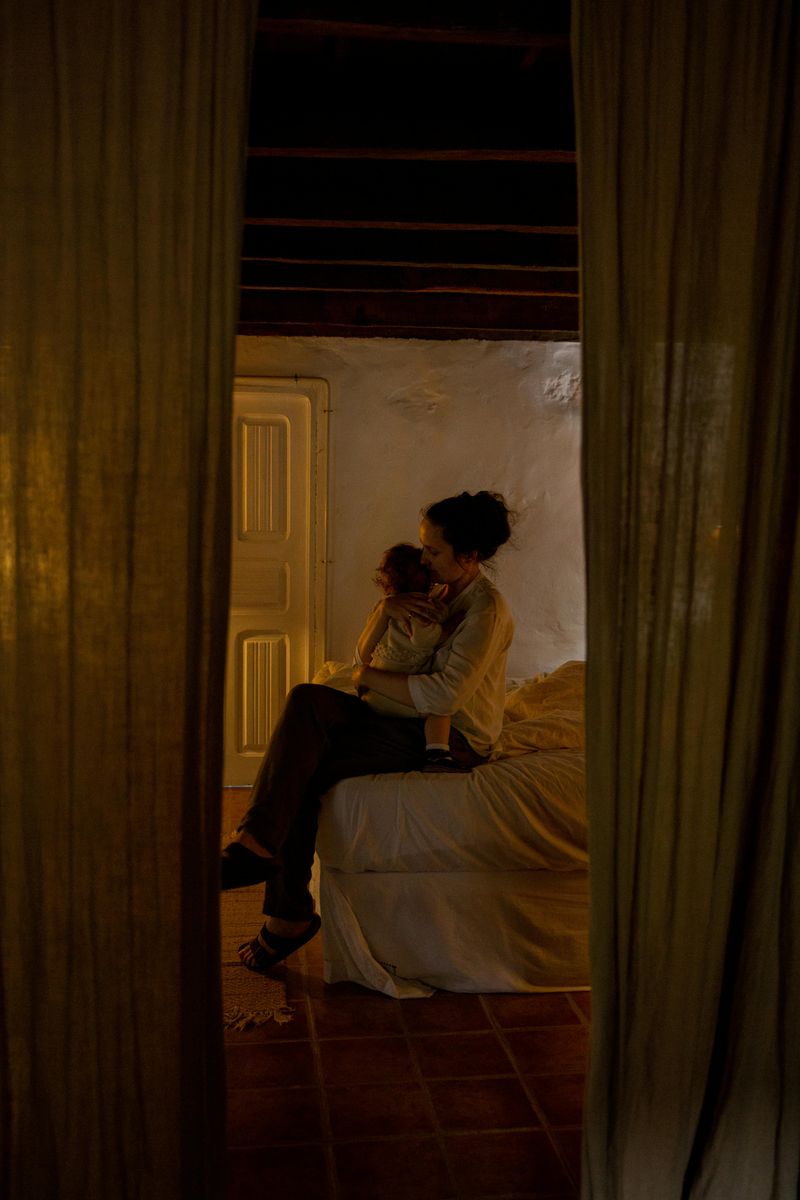
Every woman supposedly possessed an innate maternal instinct that would automatically activate upon having children. Society insisted that mothering came naturally and that women who struggled were somehow defective or selfish.
Childless women faced constant scrutiny and pity, with their lives considered incomplete and purposeless. The assumption that every woman desperately wanted children ignored those who preferred different paths or couldn’t have children for various reasons.
Modern women still battle this myth when facing pressure to have children or judgment for struggling with parenting. The “natural mother” stereotype creates guilt for women who find parenting challenging and shame for those who choose different life paths than traditional motherhood.
9. Women Were Secondary Citizens in Politics

Political discussions were considered too complex for the female mind, despite women having voting rights for decades. Their opinions were dismissed as emotional rather than logical, and their political engagement was often seen as cute rather than serious.
Women running for office faced ridicule and skepticism about their ability to handle the pressures of governance. Campaign coverage focused more on their appearance and family life than their policy positions or qualifications.
Political gender gaps persist today, with women candidates still facing different standards and scrutiny than their male counterparts. Questions about childcare arrangements, emotional stability, and appearance continue dominating coverage of female politicians, echoing the dismissive attitudes of the 1960s.
10. Women’s Emotions Made Them Irrational

Boardrooms and courtrooms remained male-dominated spaces because women were supposedly too emotional to make sound decisions under pressure. Any display of feeling was used as evidence of female unreliability and unfitness for serious responsibility.
The “hysterical woman” stereotype justified excluding women from law, business, and politics while simultaneously expecting them to be emotionally available for others’ needs. Men’s anger was seen as passion, while women’s was labeled as instability.
This emotional double standard persists in modern workplaces where women walk a tightrope between being seen as too cold or too emotional. Female leaders must carefully manage their emotional expression in ways that men never consider, limiting authentic communication and leadership styles.
11. Women Existed to Support Men
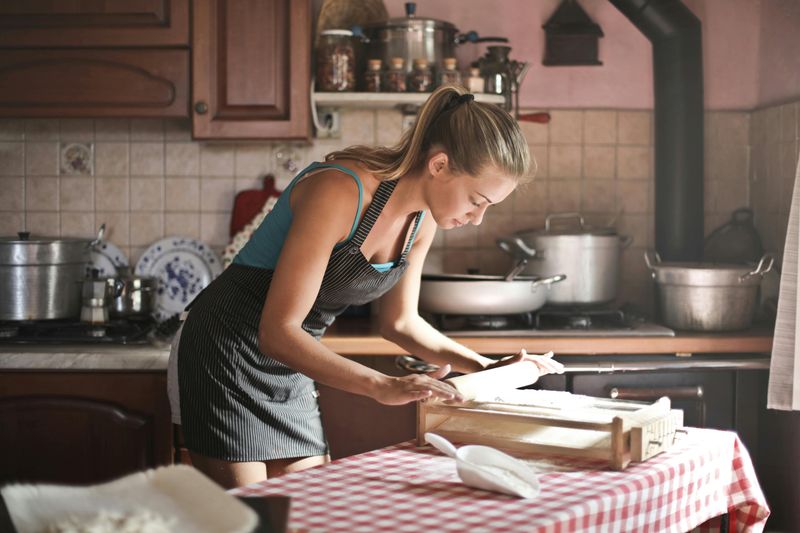
Behind every great man stood a supportive woman, fetching coffee, managing schedules, and ensuring his success while remaining invisible. Women were cast as supporting characters in their own lives, with their value measured by how well they aided male achievement.
Secretaries, wives, and daughters were expected to sacrifice their own ambitions to help men reach theirs. This support role was romanticized as noble and fulfilling, masking the frustration many women felt about their limited opportunities.
The helper mentality still influences workplace dynamics where women are expected to take notes, organize events, and provide emotional labor without recognition. Breaking free from support roles to claim leadership positions remains challenging when society still expects women to prioritize others’ success over their own.
12. Feminism Was Radical and Dangerous
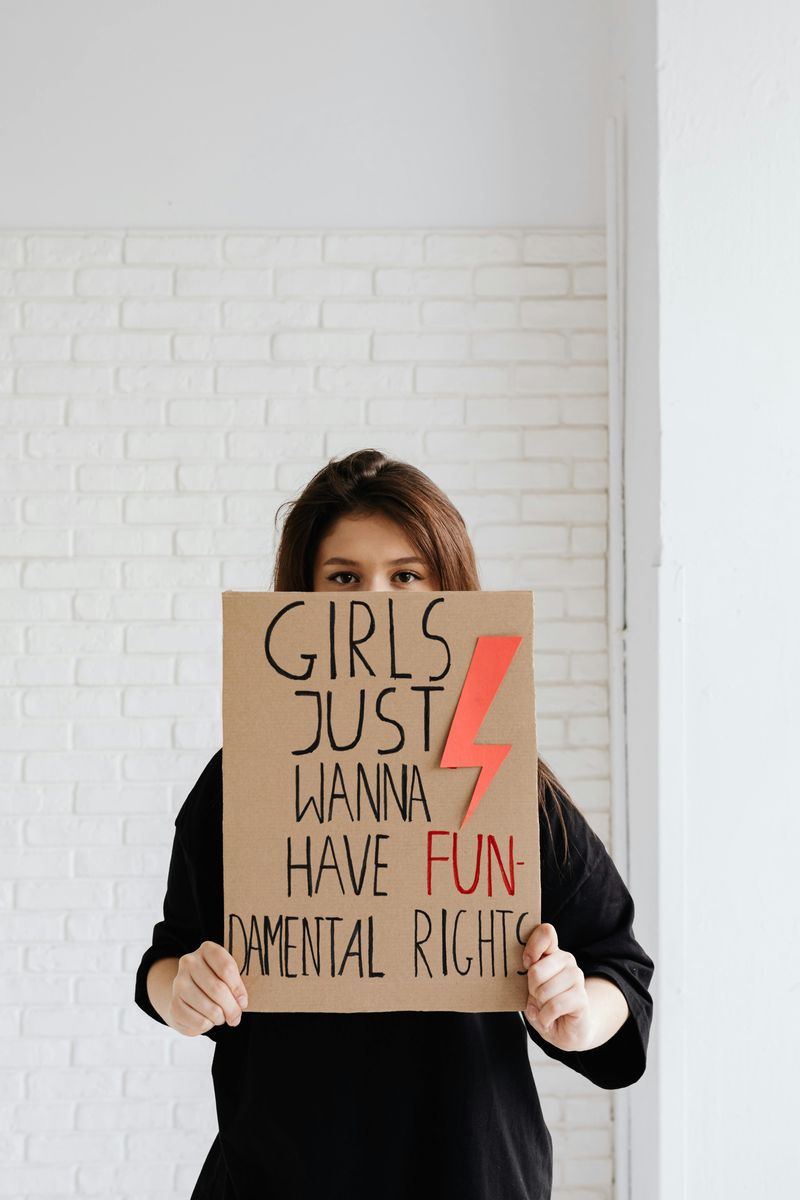
Women who challenged gender norms were labeled as man-haters, extremists, and threats to family values. The media portrayed feminists as angry, unfeminine troublemakers who wanted to destroy traditional society rather than seeking basic equality.
This negative stereotype made many women hesitant to identify with feminist causes, fearing social rejection and being seen as undesirable or aggressive. The movement was painted as anti-family rather than pro-choice and pro-opportunity.
Anti-feminist rhetoric from the 1960s gets recycled whenever women push for advancement today. Terms like “feminazi” and accusations of reverse discrimination echo the same fear-mongering tactics used to discredit women’s rights activists decades ago, showing how persistent these defensive reactions remain.

Comments
Loading…